Five machine learning types to know
IBM Journey to AI blog
DECEMBER 20, 2023
That’s why diversifying enterprise AI and ML usage can prove invaluable to maintaining a competitive edge. What is machine learning? ML is a computer science, data science and artificial intelligence (AI) subset that enables systems to learn and improve from data without additional programming interventions.


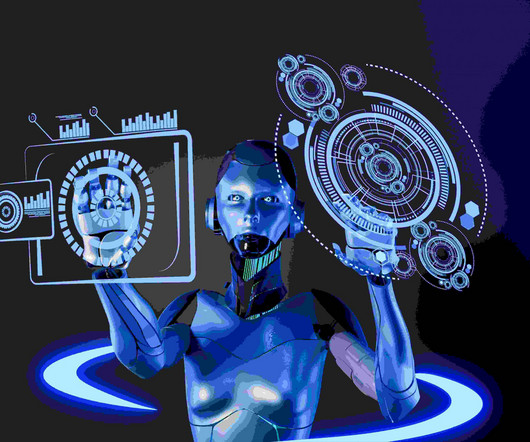
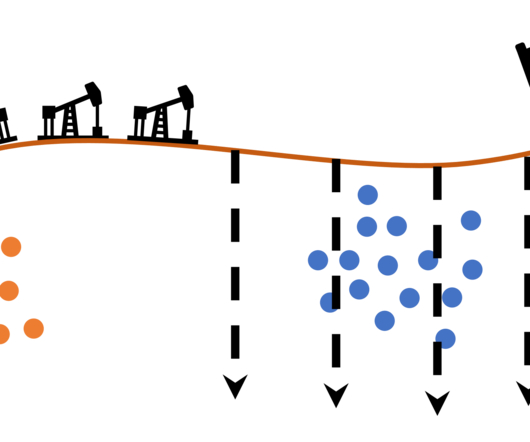

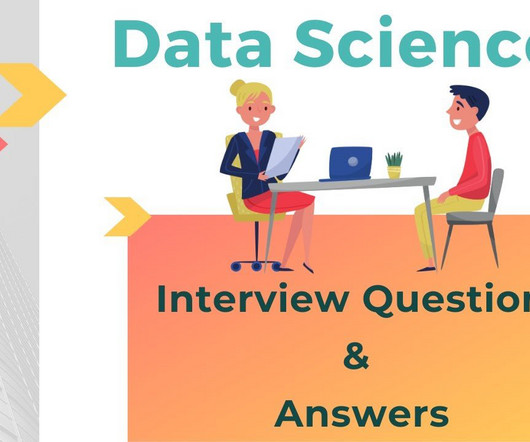
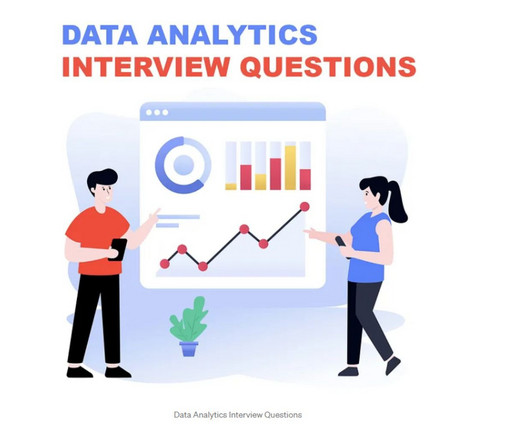
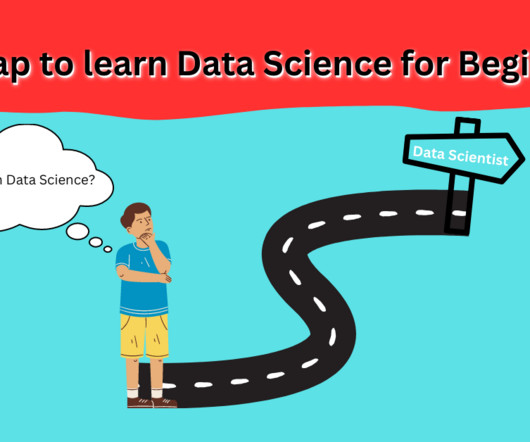






Let's personalize your content